For all of Mirabeau’s international success it is still a wine brand driven by the passion, the ambition and vision of its creators – Stephen and Jeany Cronk. You can read part two of this interview later in the week.
There is something about Stephen Cronk that just makes you want to spend more time with him and listen to what he has to say. For a start his natural, humble personality immediately puts you at ease. He is genuinely as interested in you and hearing your views as he is sharing any of his own. Which for a successful wine producer, selling wine in over 50 markets around the world, is a very rare trait to have.
It makes for a fascinating interview as it far more a two way process, where you sense he sees it more as a brainstorming session, where you, the interviewer, are very much part of the process, helping him better understand his own business and the brand he has created.
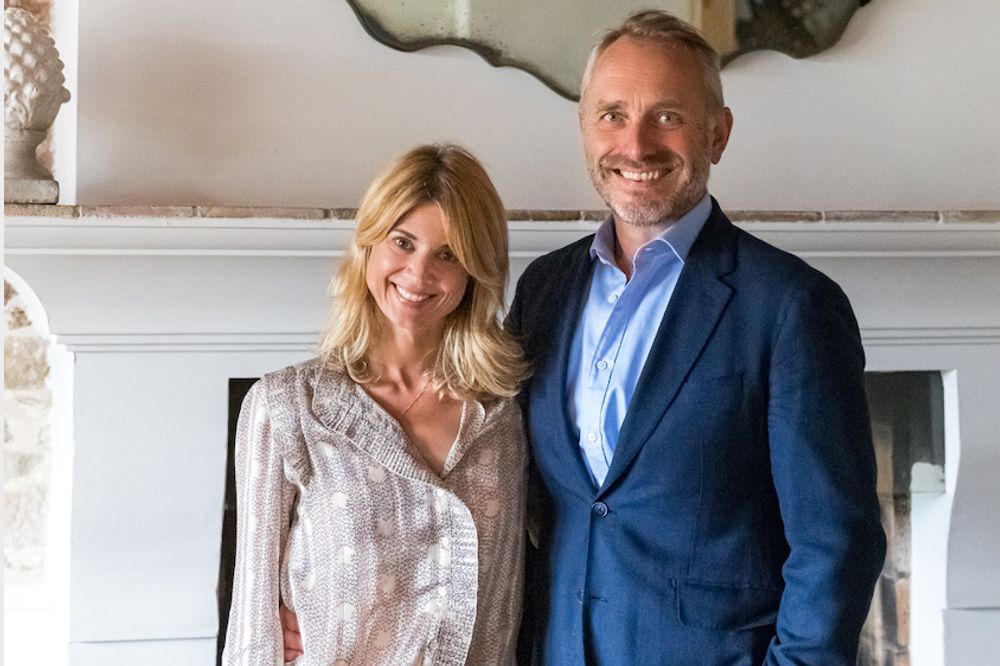
Jeany and Stephen Cronk’s personalities are at the heart of Mirabeau
In fact, if you could bottle Stephen Cronk you would have a very successful brand indeed. Which, in a sense, is what Mirabeau is. This is not a brand named after four generations of winemakers, or manufactured by a strategy team at major multinational. It is a brand that embodies the personalities of Stephen and Jeany Cronk and everything they believe in.
It is also a brand that has taken much of Cronk’s life to bring to market. But Cronk is quite sure Mirabeau would not have become the success it has if he had not spent all those years pontificating and dreaming about it.
It means – 23 years on – it gives him even more pride to be now introducing his very own Mirabeau estate wine made from vines on their own Domaine. But more of that later.
Second bite at the cherry
This is also Cronk’s second career in wine. His first may not be as renown as his second, but it helped get him to where he is now, he says.
Cronk’s first experience of working in the wine trade came in 1985 straight out of university, when he joined Michael Morgan Limited wine importers as a van driver employed to drop off wine to customers across London. Having done his WSET exams he was then told to buy himself a suit and he switched to selling rather than delivering wine.
Two years later, at the age of 24, he decided he was ready to go it alone and started his own wine import business in London. Based in an old piano factory off the Wandsworth roundabout, in south London, he found himself buying wine from London shippers as he could not afford to go direct and was also selling coffee as it gave a bigger margin.
“It was a really good experience, because you walk into mistakes left, right and centre, but it helped get me on the right track,” he says.
But his love for wine was not paying his growing bills and it was with a heavy heart, he says, that after six years he joined what was then a “booming” telecoms sector and entered the more lucrative, if slightly less exciting, corporate world with Energis.
From a personal point of view it was also the best decision he made as it was at Energis where, a few years later, he met Jeany, who was working in the marketing department, and within three months he had proposed and they were married a year later in 1998.
The wine itch
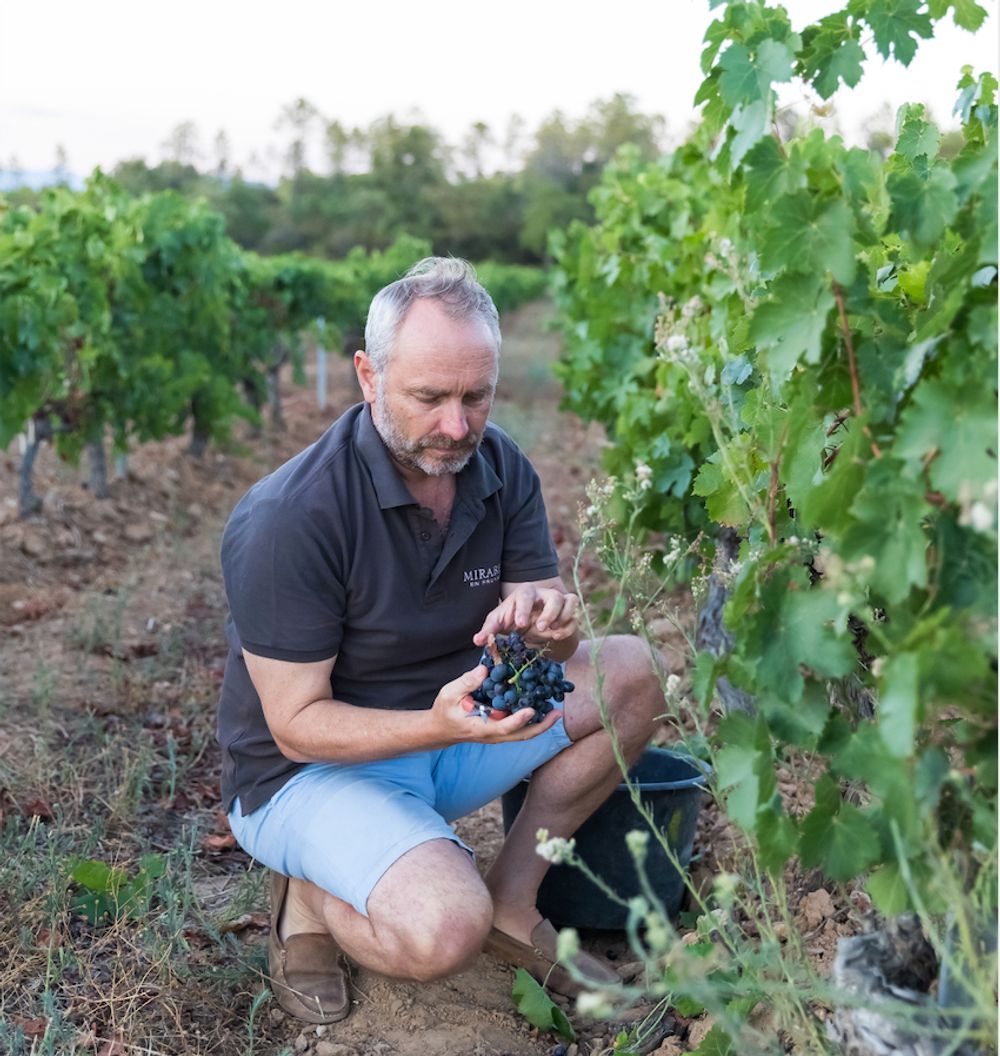
Stephen Cronk’ success with Mirabeau is actually his second career in wine after an important stint in the telecoms sector inbetween
His wine itch, however, did not go away. “When you have been in the wine trade and then go into something like telecoms you realise what a fun sector the wine trade is and I really missed it,” he says.
In fact, the more his corporate career developed the more he fantasised about giving it all up to start up his own wine business. The inspiration, though, he says, came just after he and Jeany got married and he had gone to visit friends in Perpignan in France.
One day, when out hiking, they came across an idyllic vineyard and farm which he realised was worth the same amount of money as his town house in Richmond, south London. “That’s what triggered the idea and we first started talking about it,” he says. “If I could pay off my mortgage I could buy that vineyard – in theory” and start a home and wine business in France.
He soon found himself talking about very little else to close friends and family. What Cronk calls “socialising an idea” and getting as much feedback and challenges as you can from people, particularly wine trade friends, you know have your best interests at heart.
Until, at a particularly long dinner party, one of their friends decided to bring things to a head by writing a date on a black board the Cronks had in their kitchen, by which time they would have finally made the commitment to go to France and follow their dream. That date was May 2006.
When May 2006 came along the friend sent Cronk a picture of the black board and asked him why he was not living in France. “I felt like an arse,” admits Cronk. “I’m just the guy that talks about it and I did not want to be that guy. So that was a big trigger for us.”
That was when Cronk really started to do his research for real and to determine just how they were going to make this happen. They had long agreed that Provence was going to be their destination as they both loved the wines, and Jeany’s family had had a house in the region and knew the area well.
Getting the three Vs right
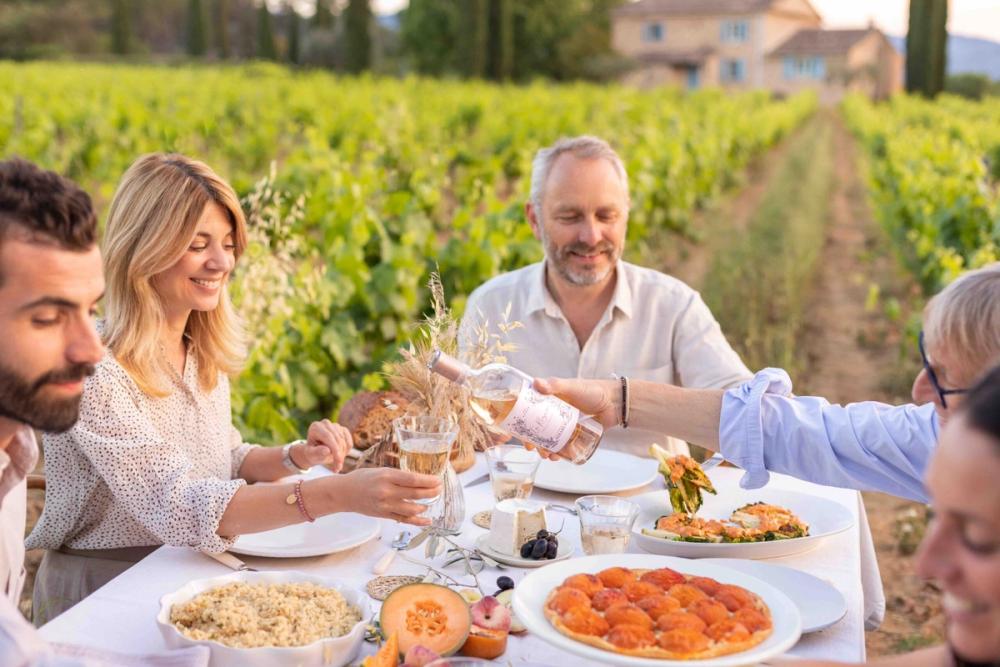
It took them many years to get there but Stephen and Jeany could not be happier sitting amongst the vines of Domaine Mirabeau
That’s when Cronk met with the wine consultant Matthew Stubbs MW and he introduced him to the concept of the three ‘Vs’ when making wine: Viticulture; Vinification; and Vendre. You don’t need to do all three to have a successful wine business. Just focus on the one you are good and partner up with those who can do the rest, advised Stubbs.
That had a massive influence on Cronk and freed him from thinking that to make this work he would have to know everything about how to make wine from ploughing fields, planting vines, vinifying, ageing and selling it. Instead, by following Stubbs’ guide, they decided they would like to have “input into the second V (the winemaking)” and then really focus in on the third V. The branding, marketing and selling.
“Most people who do this buy a property and we realised we should do this the other way round and build a brand first,” says Cronk.
It also meant the move to France was far more achievable as the Cronks were not risking all on owning their own vines and being at the mercy of frosts and bad harvests. The brand approachmeant they could grow it slowly, and find the right long term producer partners to work with to make the right wine.
It also meant he would not be “sitting on a tractor obsessing about his terroir” but looking at the whole business through the eyes of the consumer you want to buy your wines. That’s been fundamental to the approach – and arguably the success – that Mirabeau has had from day one.
The right contacts
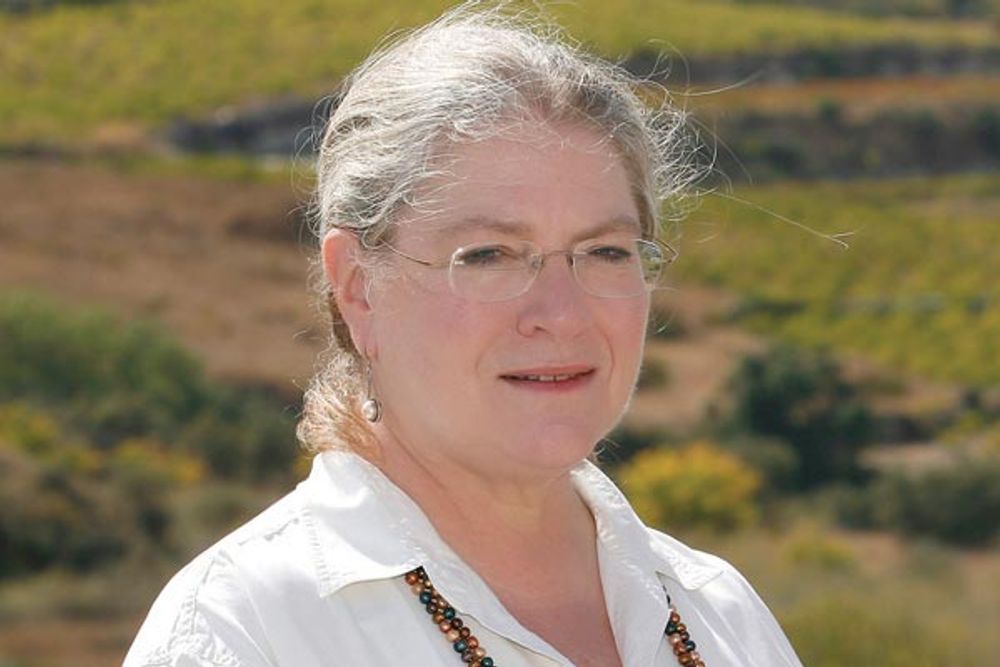
Angela Muir MW played a pivotal part in helping the Cronks find their feet in Provence and get the Mirabeau wine brand started
He also says he has been very lucky to have had the chance to work with and be enormously helped by leading wine figures – particularly Angela Muir MW in the very early days of putting the brand together. Cronk had met Muir whilst interviewing her for a YouTube series he had been running to help get himself back into the wine trade. When he told her about his plans for what became the Mirabeau wine brand she volunteered to help the Cronks find the right producer partners to start working with in Provence.
“She was incredible. She was like a knife through butter with all the growers and basically got us started and she was just brilliant for us.”
It was thanks to Muir, he adds, that Mirabeau got an introduction to Waitrose at such an early stage thanks to her close contacts there. “That credibility as well as experience really helped me,” says Cronk.
But whilst the help from consultants was a massive boost to get the brand started, it was down to the Cronks to keep that momentum going. Which became a hard slog, he admits, of literally getting producers and growers willing to talk to you, never mind agree to make your wine.
He recalls cold calling producer after producer, with 40 hectares or more, out of the Provence equivalent of Yellow Pages for local growers. Struggling to get very far with his basic French. Just when he was about to give up on one particularly fruitless day he decided to follow the sales adage of making just one more call.
When he did he was greeted by an English voice – James de Roany – who just happened to know Provence negotiants and producers out of the back of his hand. “Like with Angela it was a pivot moment. He said I will give you three names and you should only speak to these three people. If that had not happened we would not be here today. He set me off.”
Cronk and Muir were then able to work with De Roany’s recommended producers to start making the wines that helped create and then establish the Mirabeau brand.
Making it happen
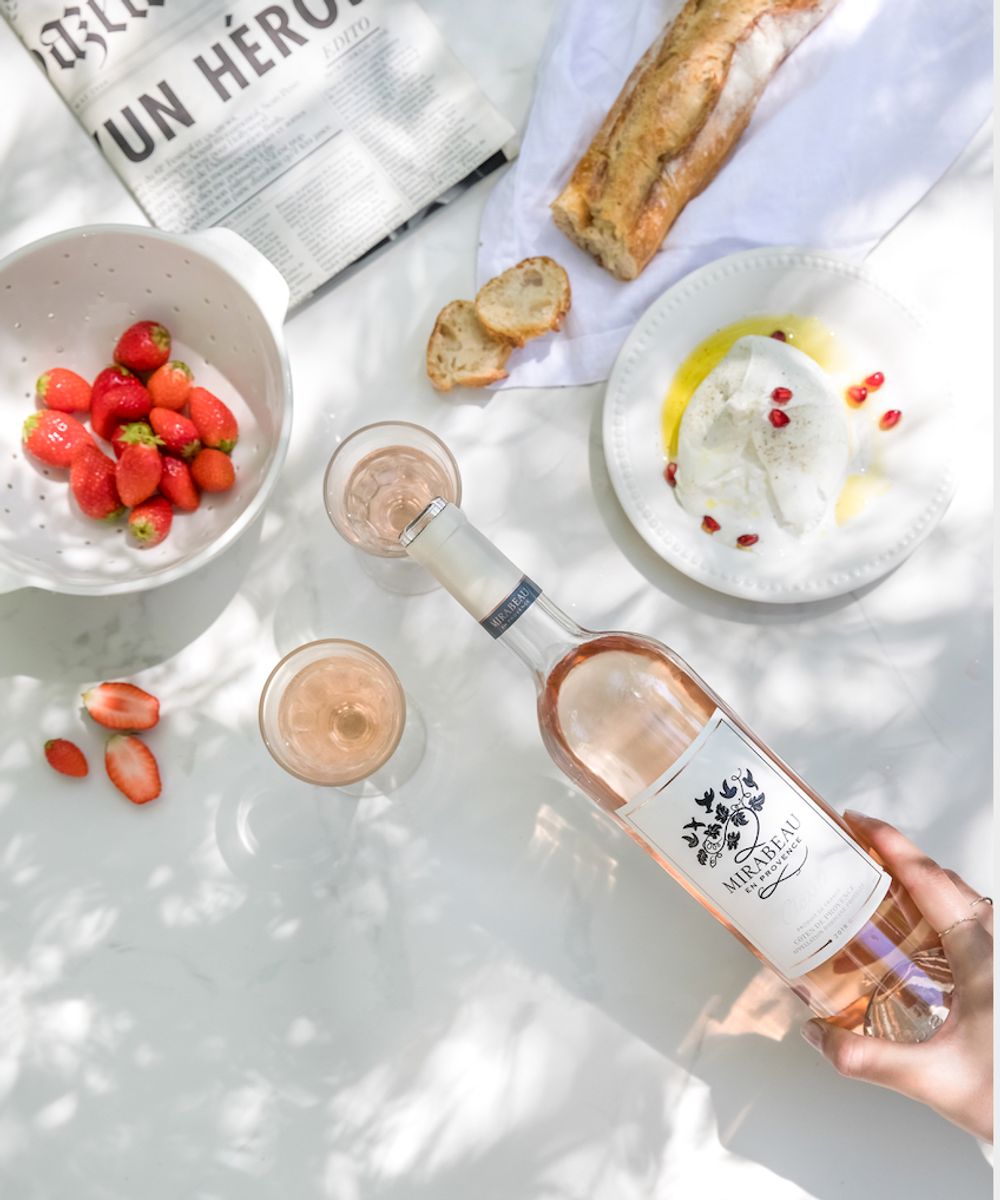
The Cronks have built Mirabeau as a wine brand first on which they can build their wine and lifestyle credentials
Behind Cronk’s friendly, laid back demeanour, there is also clearly a steely determination to get things done and push himself forward. He admits his Waitrose listing came about from approaching the then Provence buyer, Nick Room, at Christmas time and pleading with him for a meeting. On the back of the Muir connection he was given 30 minutes, enough time for Cronk to convince Room to give Mirabeau a place on Waitrose’s shelves.
The Cronks now work with 12 wineries in the Côtes de Provence to make their growing range of wines and labels. Over the years they have been able to work together to know what are the components they would like each wine and style to taste like. But that is as far as they want to go in actually controlling the vinification side of the process.
The key to Mirabeau, says Cronk, is the skill the winemakers have in blending the range of wines it has. “We don’t work to a recipe,” he stresses. “It’s the ability to pick and choose from the whole region with these 12 wineries. They cover 1,000s of hectares and that gives us this wonderful palette to choose from. Like a colour palette for an artist.”
He adds: “The parallels with Champagne with Provence are very strong. Not just on the brand side but with the style of wine. People want to have that style of wine every year. If they like Mirabeau Pure they want it to taste the same, they don’t want to understand vintage variation.”
Forging and building relationships with its producers and partners is very much where Jeany takes the lead, he says. “She is looking after those relationships with the growers very carefully. These people are very important to us.”
Introducing La Réserve
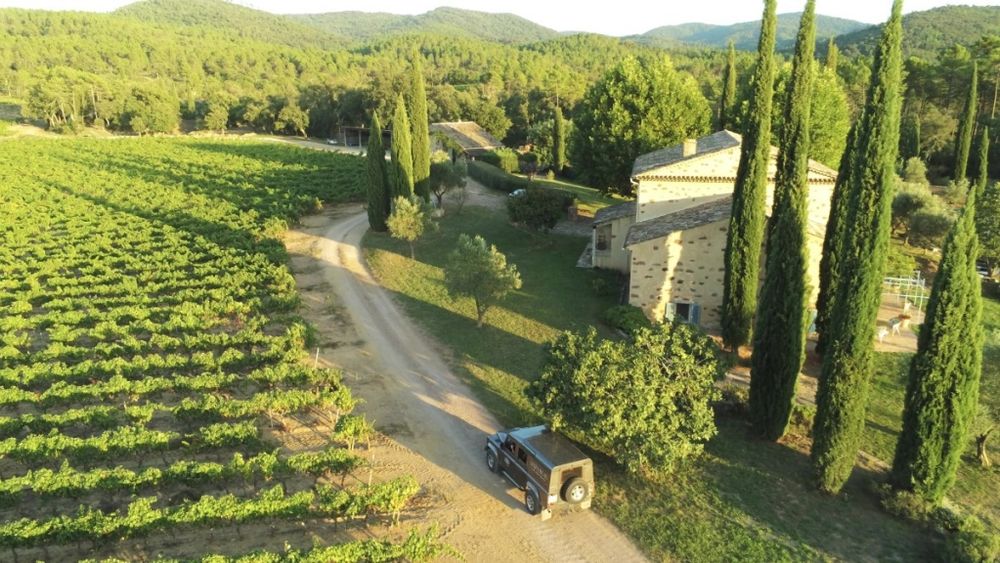
The culmination of the Cronk’s Mirabeau dream was to have their own Domaine which has now produced its first wine – La Réserve
The past 12 years of tuning, adapting and blending its wines to find the DNA of Mirabeau wines has all culminated in the release this month of La Réserve, the first wine to be made from grapes from the private Domain, just inland from St Tropez in what is the newest appellation in the Côtes de Provence – the Notre-Dames des Anges. The Cronks acquired the estate in September 2019, around 40 minutes from their own family home, in northern Var.
As Cronk says: “Without sounding too cliched this is what the original dream was all about – one day I was going to make my own wine.”
Whilst the main Mirabeau brands will be made by its producer partners, the Cronks always wanted to find their own property where they could finesse and make their own estate wine “which would be very different from the rest of the range”.
That search took five years to find the exact right spot to do it. “I looked at 39 properties before I found this one. It was a long time coming and long time planning. So when we found it was a real ‘coup de coeur’. When we drove down the drive we just thought this was the most beautiful spot,” he says.
The 20 hectare estate, with 14 hectares of vines, sits in southern region of Provence, in a nature reserve surrounded by the Maures mountains, that is famous for its broccoli shaped trees andsandstone landscape which Cronk says is like “the New Forest meets Mars”. A region that was deemed worthy of its own sub appellation due to its unique terroir and landscape.
“It’s the most incredible landscape. It’s totally gorgeous as you drive down and see the mountains and the vines,” says Cronk who can look back on the properties they missed out on over the years as blessings in disguise. “We are just so happy with this property.”
Regenerative farming
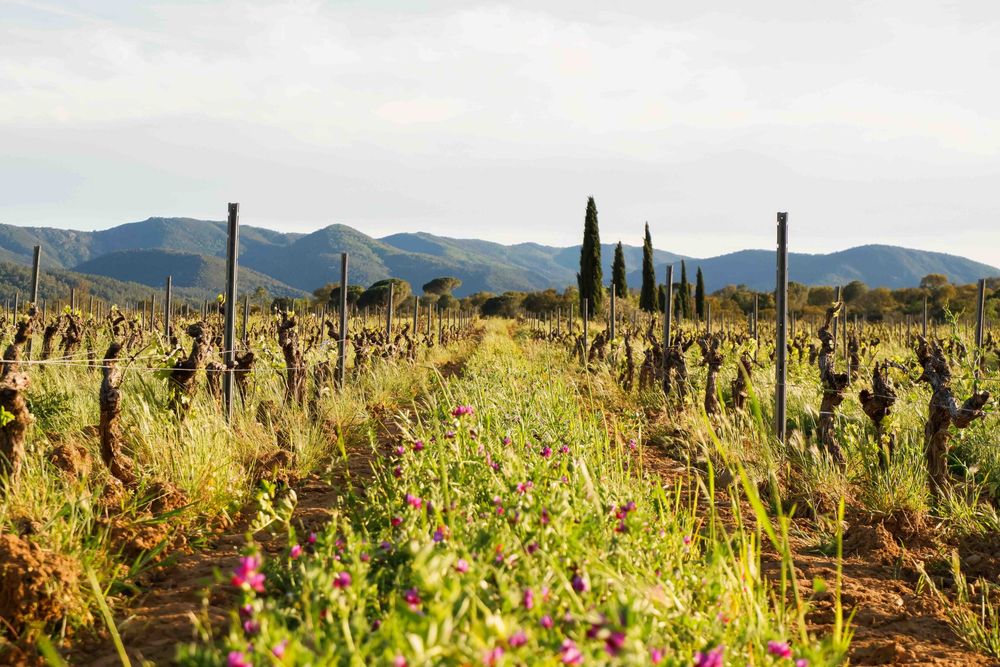
The cover crops are a key part of the regenerative farming principles being deployed at Domaine Mirabeau
The environment where the property sits has inspired the Cronks to make a wine that embodies nature, the land and actually goes beyond organic winemaking to celebrate and promote regenerative farming through biodiversity. In the two vintages they have been there they have brought in cover crops, to try and capture nitrogen and introduce carbon to the soil, introduced bees and planted over 100 trees and bushes.
The research and work that Cronk has done to follow regenerative methods on the property has also now inspired him to launch a separate non-profit organisation, Regenerative Viticulture Foundation, which he hopes can provide a platform to share content and ideas from other wineries around the world and hopefully act as a catalyst for other winemakers to follow suit. Fifty per cent of La Réserve’s profits are going to the foundation.
“I want to think about how wine farmers can farm differently. We are surrounded by this natural reserve and that is what made me start to think about this. We have got to think more about working with nature to regenerate soils, have healthier terroir that can help us make better wines. But it’s going to take us years.”
Rather than give the wine a vintage it is called “1ère Année” to mark the first year the wine was released, but it also signifies the first year the Cronks have started work on regenerating the soil from where it is made.
“This is a completely new journey for us as a family, but I am hoping it is a new journey for a lot of people who can think about a new way of farming.”
It’s also why the wine is called La Réserve, for as well as being the Cronk’s reserve wine, it is made within the natural reserve where the vines sit. The wine itself is a blend of the property’s two main planted varieties, Grenache and Cinsault, and a little amount of Rolle that grows on the estate, which Cronk has slowly increased up to two hectares (he has also introduced a hectare of Syrah).
Less is more
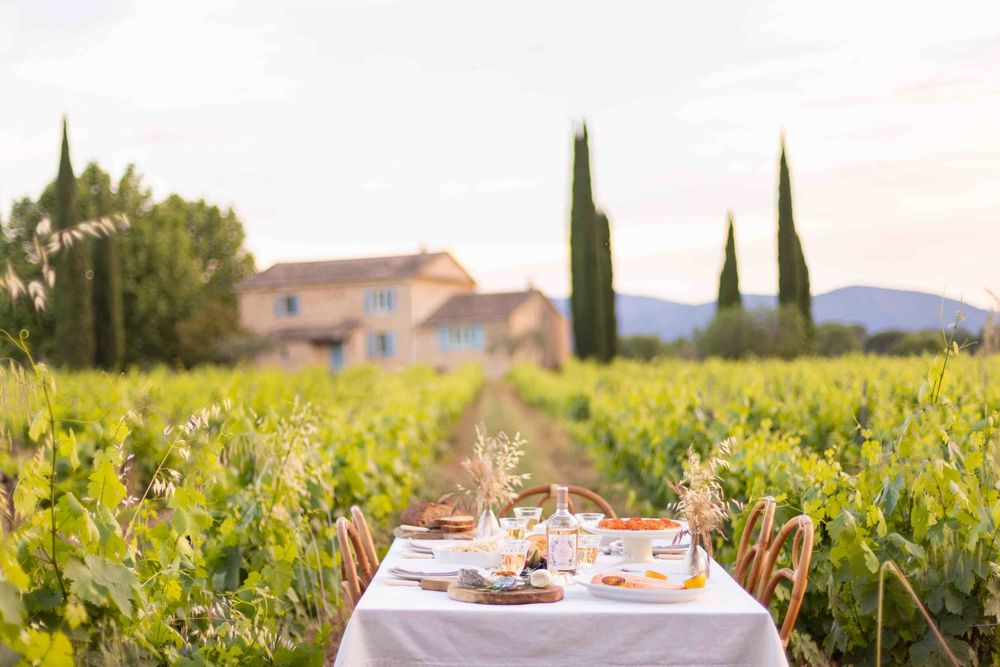
With Domaine Mirabeau the Cronks hope to play their part in driving more sustainable and regenerative farming practices in Provence
The overall theme of La Réserve is ‘less is more’ with the Cronks deliberately only using the very best grapes to make a limited number of bottles – around 3,000 bottles, with the rest of the wine (the equivalent of around 65,000 bottles) going into the main Mirabeau blends. Ensuring La Réserve would be considered as one of the most premium rosés in the region.
The first Reserve is very much down to Mirabeau’s then winemaker Nathalie Longefay who took some of the post fermentation Grenache and Cinsault and put some in tank and a proportion into three 400 litre lightly toasted French oak barrels sourced from three specific coopers. The intention was just to use potentially one or two of the barrel aged wine, but in the end the finished blend is a combination of wine from each of the barrels, making up 50%, with the other half coming from the stainless steel tank to give “the wine that softness from the non-aged wine,” says Cronk.
“Her experience really came to bear in this wine,” he says. “It’s magical to see what she has come up with.”
With just 3,000 bottles the wine is being sold – at £25.99 RRP – into the trade on allocation with a 50/ 50 split between specialist retail, independent wine merchants – Harrods has taken a Mirabeau wine for the first time – and the on-trade.
It’s also why they are using a different, more ancient shape of bottle – what Cronk calls a “retro” almost “apothecary” style – to make it stand out from the rest of the range. The label, designed by Jeany Cronk, is made from discarded grape skins and is a tribute to the unique flora and fauna of Provence.
“This is not a lying by the pool type of rosé, it’s got some character to it and it’s a bit of a statement in that regard. It’s been amazing to see the reaction to it.”
The estate is actually made up of three houses which the Cronks have adapted and rent out via their website.
“You’ve arrived lad”
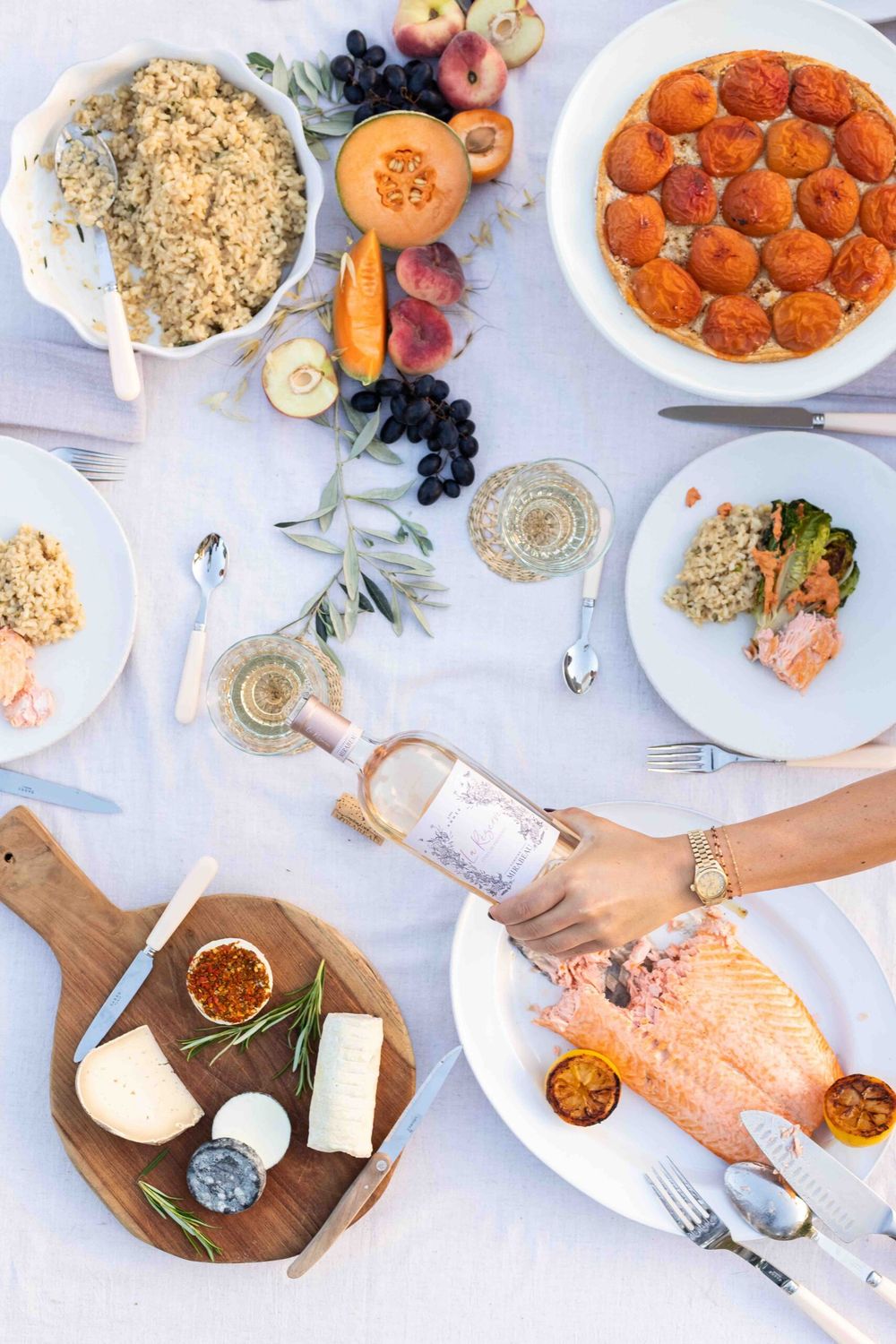
Provence encapsulated by one table of food…and wine
Looking back Cronk believes it was vital for the future success of Mirabeau that he had spent some time in the wine trade. But the 15 years working in telecoms made him look at wine and appreciate it as a consumer. That’s what has helped him truly understand what Mirabeau needs to do and stand for as a brand. “That combination has served us well.”
Being part of an entrepreneurial family – his predecessors ran Cronk BMW in the 1970s, 80s and 90s – has also helped him, he says. His uncle has been an important mentor to him throughout the history of Mirabeau and he says it was particularly nice to celebrate his 80th birthday recently with a bottle or two of La Réserve. It was also when, adds Cronk with some pride, where his uncle stood up and gave him an affectionate toast: “It’s taken you a while, but you’ve arrived lad.”
- You can find more about the Mirabeau story at its website here.
- Part two of The Buyer’s in-depth interview will be posted later in the week.









































